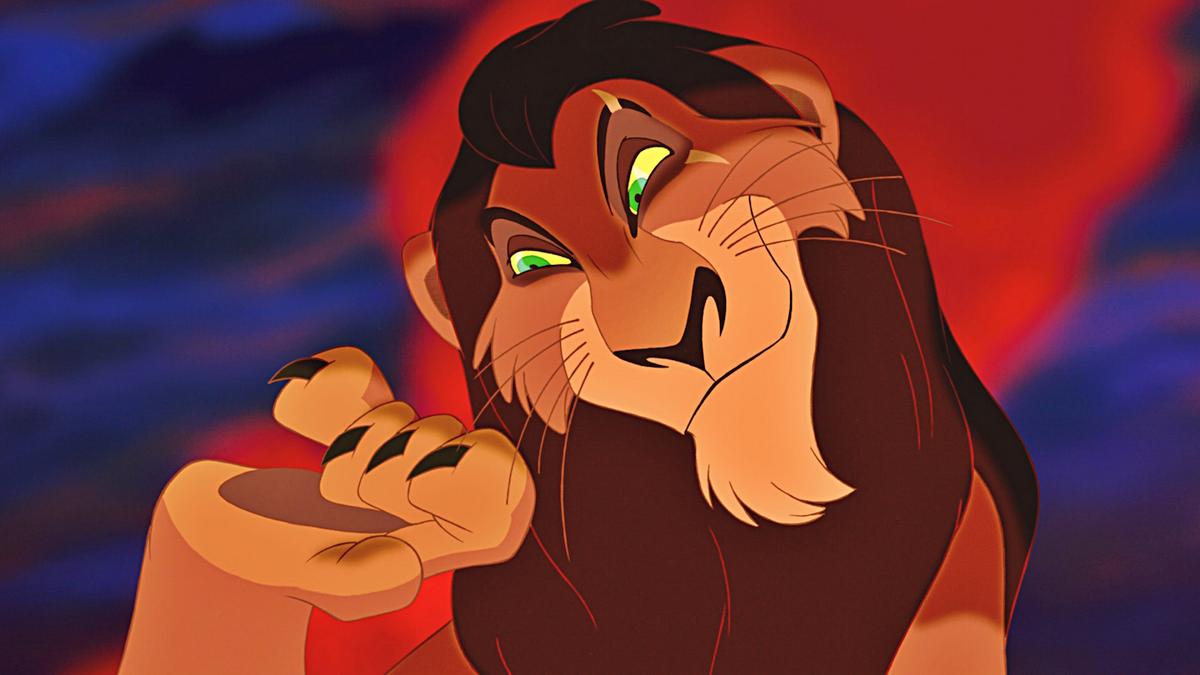Arts writer, Lecia Weatherby-Blythe, discusses the prominent problems of queer-coding in Disney.
Everyone has probably experienced Queer-coding in the media without even realising they have; it has played a prominent role in some of our favourite films that depict iconic and memorable villains. By definition, the term Queer-coding describes a character in a film, TV series, game or book that plays the antagonist or villain and is given traits typically associated with queer people without being explicitly stated to be so. This is most commonly demonstrated through the characters’ physical appearance; speech patterns and persona and it is through animated films by Disney where these features are intensified in their hauntingly unforgettable villains. Here, queer-coding is not only clearly experienced but, arguably, has the most harmful impact; from the feminine mannerisms of Jafar (Aladdin) and Ursula (The Little Mermaid) reflecting the ‘butch-lesbian’ stereotype in the media.
Following the release of the live-action ‘Beauty and the Beast’ last year, Disney was seen to be making leaps and bounds in the representation of homosexuality in film as actor Josh Gad was described as ‘setting a milestone for Disney’ by playing their first openly gay character. However, despite this improvement, queer-coding has become so entrenched in the Disney industry that it can be seen far back as the classics up to modern day animations. Even the recent animation Wreck-it-Ralph, released in 2013, had a definitively queer-coded villain, King Candy/Turbo, with a feminine speech pattern, colour scheme and body language all-encompassing a stereotyped ‘sissy-villain’. Also, since it is crucial that we both enjoy and criticise our media so it can be improved, we must analyse examples of Queer-coding in some of Disney’s villains and why it has harmful impacts on the LGBTQ+ community and media Industry.
In a study released in 2003 entitled: ‘Gender transgression and villainy in Animated film’, researchers Meredith Li-Vollmer and Mark. E LaPointe emphasised their concern on what children may learn about gender norms and identity from animated films, explaining that children are more susceptible to the social messages inherent in media. In analysing gender transgression, they note the feminine design of Disney villains in contrast to their protagonists and focus on their physicalities: faces, hair, bodies and hands and how these contribute to a stereotyped queer character or characteristics.
Queer-coding has a number of harmful impacts across the media but, in reference to Disney in particular, the main problem is the message given to children that queerness or femininity in males directly corresponds to evil.
Disney villains have a finer bone structure; more specifically a narrow jaw, high cheekbones and deep eye sockets highlighted through the use of colour also giving the appearance of cosmetics. This can be seen in villains such as Jafar (Aladdin), Hades (Hercules) and Claude Frollo (The Hunchback of Notre-Dame). Most noticeably, Scar’s (The Lion King) slim pointed face and purple eyelids directly contrast the huge, heavy jaw of his brother Mufasa; creating the feminine contrast to the ideal masculine, encapsulating the bias in our heads of queer characteristics. Similarly, the queer-coding of villains is also shown through hands and hair. Long, slender hands on thin wrists resembling fingernails can be seen in almost all of Disney’s animated villains, notably Captain Hook (Peter Pan) and Scar’s claws always being exposed (The Lion King) and combined with the juxtaposition of flowing, ‘girly’ hair seen in the pigtails and bows of Governor Radcliffe (Pocahontas) and the flowing mane of Scar (The Lion King), in contrast to Mufasa and Simba’s helmet-like equivalent we again make the association with femininity and queerness in relation to these antagonists. There are many other features discussed in this study including body structure resembling current fashion standards of female beauty and cosmetic forms but the overall message is that these characters are specifically designed to be feminine and show children a stereotyped image of a queer person.
Queer-coding has a number of harmful impacts across the media but, in reference to Disney in particular, the main problem is the message given to children that queerness or femininity in males directly corresponds to evil. Disney holds a privileged position in children’s culture and some of us, as adults, cannot deny we still watch their timeless and new released films with the same religious conviction as if we were bright-eyed children. Also, as briefly mentioned before, as a children’s film industry queer-coding in Disney films is crucial because according to gender schema theory children form learned expectations about sexuality and sex roles from their accumulated experience, both real and mediated.
Because some of Disney’s villains are strongly queer-coded negative associations are implanted with these characteristics from a young age, making the stereotype easier to demonize. Even though the characteristics previously discussed are just stereotypes, it doesn’t mean that viewers will not read them as potentially queer. The reality is that we live with these biases in our heads and even when we are aware of the stereotype we know what is being hinted at. Therefore, queer-coding is creating a negative image of queer people for children and the entertainment industry as we only see them as bad people to be feared, avoided or defeated. Instead, similar to Beauty and the Beast 2017, we should be diversifying the protagonists and characters in relation to sexuality and gender transgression so as to normalise and encourage acceptance, equality and diversity from a young age.
Lecia Weatherby-Blythe
(Image courtesy of Vice)

